- Joined
- Jun 7, 2012
- Messages
- 15,469
- Reaction score
- 7,848
- Location
- Central Florida
- Website
- www.flickr.com
- Can others edit my Photos
- Photos NOT OK to edit
How is mirrorless AF substandard? Compared to the flagship nikon and cameras? Sure. Nikon and canon also don't consider anything except sports and wildlife photography "professional" and that is exactly what they design their "pro" cameras around. How many wedding and portrait photographers do you imagine use D4s and 1Dxs compared to other "consumer or prosumer" bodies?
Mirrorless AF is absolutely sufficient to shoot weddings. Which is a fact. Plain and simple.
Whatever you and Thom, and canon and nikon want to label them, it does nothing to detract from fact that many mirrorless systems make more than capable wedding and portrait cameras.
So fine. ..you win.
I admit that mirrorless camera are not "professional" cameras.
Somehow though, I don't think all the wedding photographers using mirrorless cameras are going to run out and switch to a D4 or 1Dx.
In case you forgot what weddings are like, brides don't moce fast enough to tax most mirrorless cameras.
Canon and nikon make every professional comparison against people that need 12 fps and tracking for small fast moving objects. They have never considered wedding and portrait photographers in their flagship designs. Hence why those models are always lower MP snd higher FPS.
Sent from my SM-N900P using Tapatalk
Mirrorless AF is absolutely sufficient to shoot weddings. Which is a fact. Plain and simple.
Whatever you and Thom, and canon and nikon want to label them, it does nothing to detract from fact that many mirrorless systems make more than capable wedding and portrait cameras.
So fine. ..you win.
I admit that mirrorless camera are not "professional" cameras.
Somehow though, I don't think all the wedding photographers using mirrorless cameras are going to run out and switch to a D4 or 1Dx.
In case you forgot what weddings are like, brides don't moce fast enough to tax most mirrorless cameras.
Canon and nikon make every professional comparison against people that need 12 fps and tracking for small fast moving objects. They have never considered wedding and portrait photographers in their flagship designs. Hence why those models are always lower MP snd higher FPS.
Sent from my SM-N900P using Tapatalk


 ya for me!
ya for me!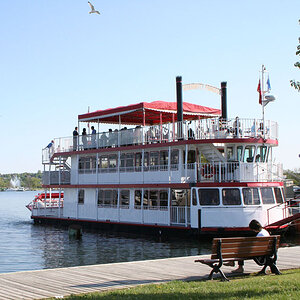

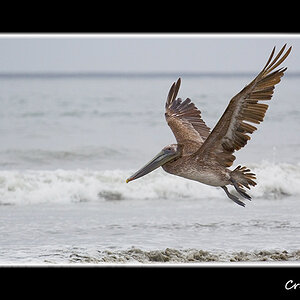


![[No title]](/data/xfmg/thumbnail/31/31043-56e0d1d98f75a901802906faef0a4ab9.jpg?1619734585)
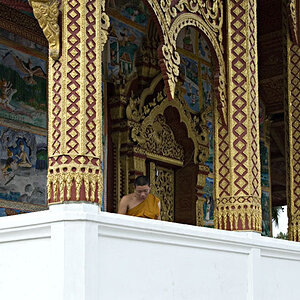
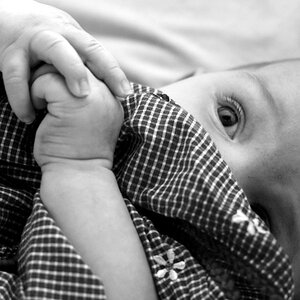
![[No title]](/data/xfmg/thumbnail/31/31045-f4eb92f5d5eaca89ec5966763eea2dae.jpg?1619734585)
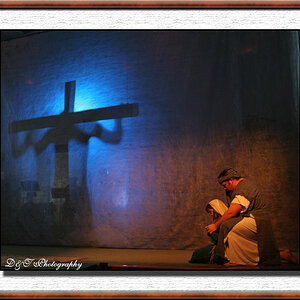
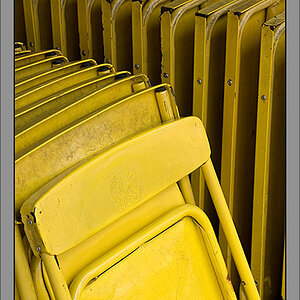
![[No title]](/data/xfmg/thumbnail/31/31743-3b294ee78fc71e7bfc025b01eafb0c2d.jpg?1619734986)